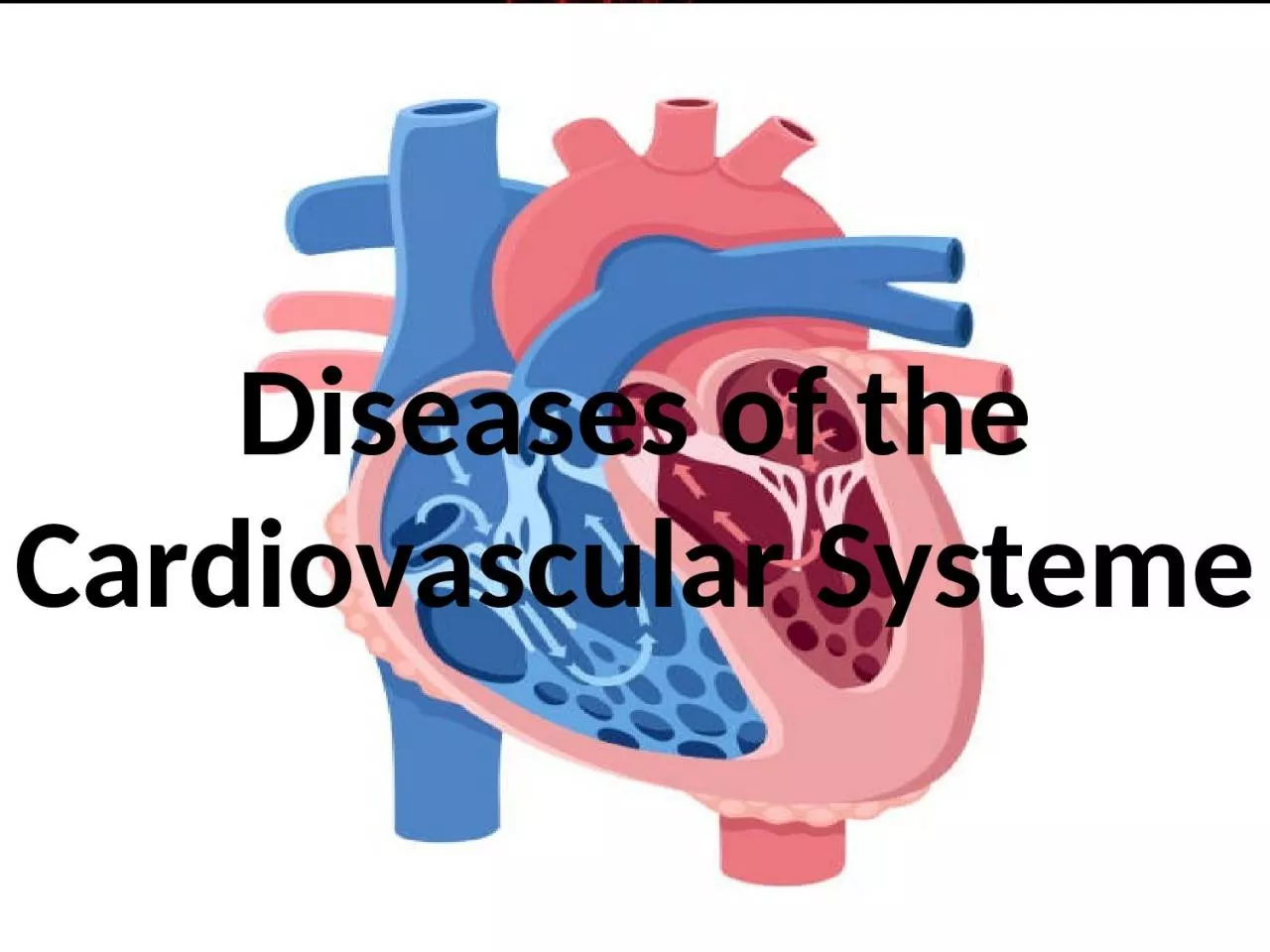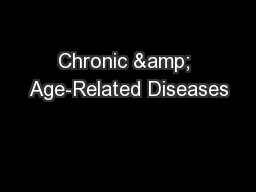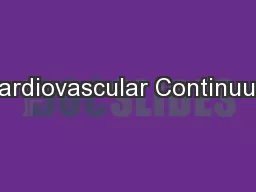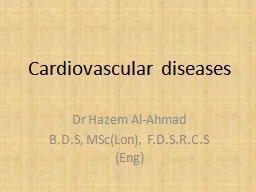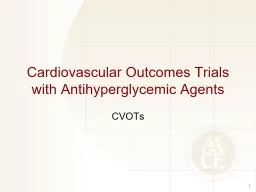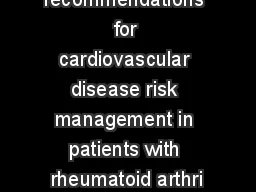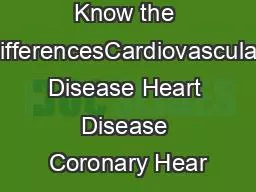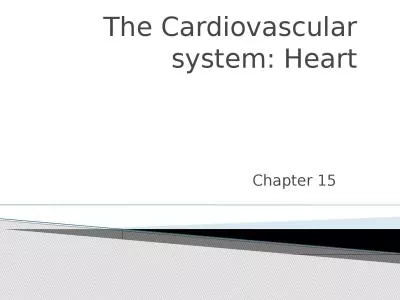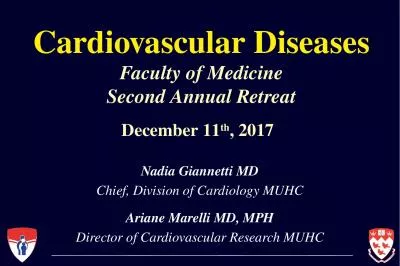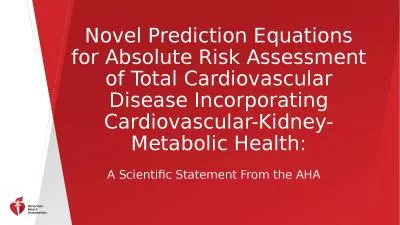PPT-Diseases of the Cardiovascular
Author : skylar | Published Date : 2024-02-02
Systeme Functions of the cardiovascular system 1Ensure an adequate circulation of blood so that nutrients are delivered waste products are removed 2a homeostatic
Presentation Embed Code
Download Presentation
Download Presentation The PPT/PDF document "Diseases of the Cardiovascular" is the property of its rightful owner. Permission is granted to download and print the materials on this website for personal, non-commercial use only, and to display it on your personal computer provided you do not modify the materials and that you retain all copyright notices contained in the materials. By downloading content from our website, you accept the terms of this agreement.
Diseases of the Cardiovascular: Transcript
Download Rules Of Document
"Diseases of the Cardiovascular"The content belongs to its owner. You may download and print it for personal use, without modification, and keep all copyright notices. By downloading, you agree to these terms.
Related Documents

